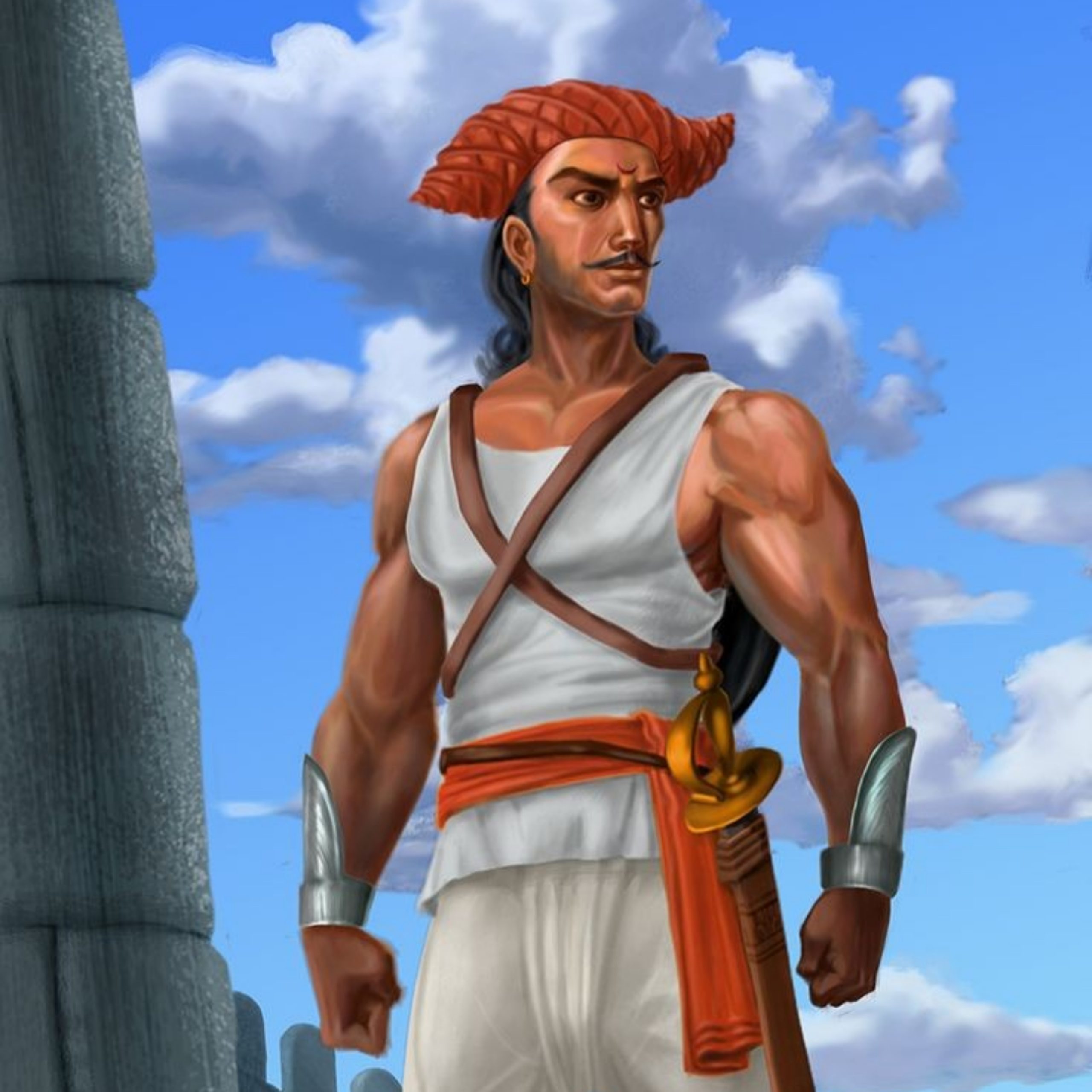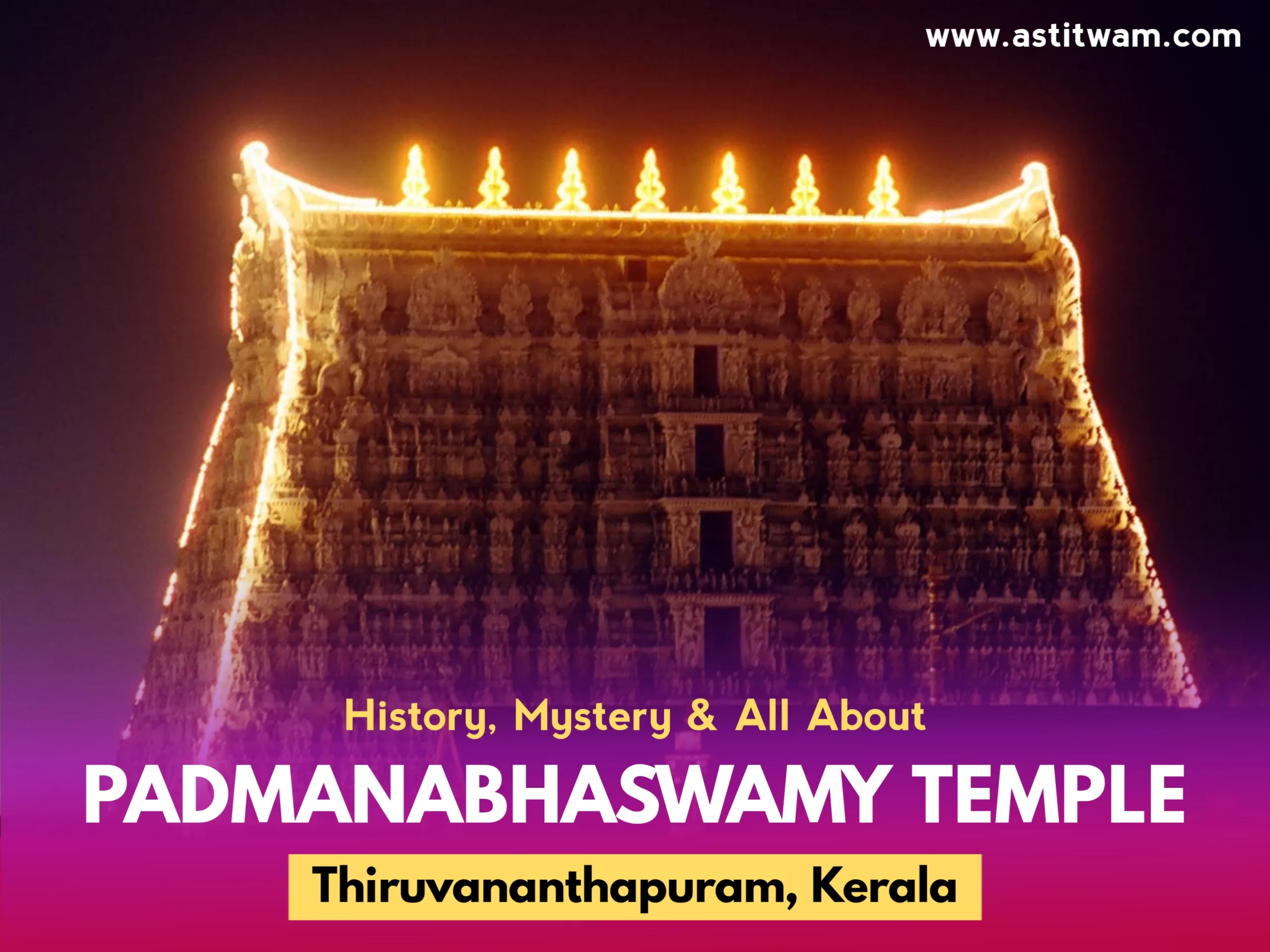Kojagiri Pournima: Celebrating the Radiance of the Full Moon

Table of Contents
Kojagiri Pournima, also known as Sharad Purnima, is a radiant and joyous festival celebrated in India. It is an occasion when people come together to revel in the splendor of the full moon, symbolizing prosperity and well-being. In this article, we will explore the fascinating facets of Kojagiri Pournima and understand its cultural and astronomical significance.
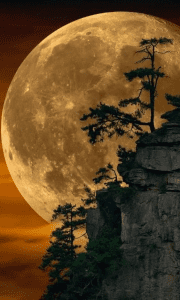
1. What is Kojagiri Pournima?
Kojagiri Pournima is a Hindu festival that falls on the full moon night in the month of Ashwin (September-October). It is celebrated with great enthusiasm and devotion across India, particularly in states like Maharashtra, Gujarat, West Bengal, and South India.
2. The Significance of Kojagiri Pournima
The term “Kojagiri” is derived from the Sanskrit words “Ko Jagarti,” which mean “who is awake.” The festival is named so because it is believed that on this night, Goddess Lakshmi roams the Earth, showering blessings on those who are awake and observant.
3. Historical Background
Kojagiri Pournima has a rich historical background. It dates back to ancient times and is associated with various myths and legends. One popular legend is the story of Lord Krishna dancing with the Gopis under the full moon, which is celebrated with fervor during this festival.
4. Kojagiri Pournima Traditions
Preparations and Cleaning
The preparations for Kojagiri Pournima begin days in advance. Homes are cleaned, and people decorate their houses with colorful rangolis and vibrant lights.
Moon Gazing and Lakshmi Puja
On the night of Kojagiri Pournima, people gather on rooftops and in open spaces to gaze at the full moon. They believe that moonlight has healing properties and that it brings good fortune. Additionally, a special Lakshmi Puja (prayer) is performed to seek blessings for wealth and prosperity.
Special Foods and Delicacies
A variety of delicious and traditional dishes are prepared for this festival. Dishes like kheer (rice pudding), malpua, and puran poli are relished by families, and they are believed to be favorites of the moon.
5. Folklore and Legends
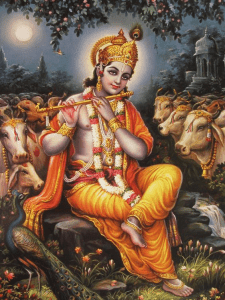
The folklore surrounding Kojagiri Pournima is diverse and captivating. It includes stories of Lord Krishna, tales of moon worship, and regional legends that add charm to the celebration.
6. Kojagiri Pournima Across India
Kojagiri Pournima is celebrated with unique regional flavors in different parts of India.
Maharashtra
In Maharashtra, this festival is known as “Kojagiri Pornima.” People stay awake all night, drinking milk, playing games and enjoying the moon’s glow.
Gujarat
Gujaratis celebrate this festival with Raas Leela, a traditional dance performance.
West Bengal
In West Bengal, Kojagiri Pournima coincides with Kojagari Lakshmi Puja, and people fast throughout the day until they offer prayers to the goddess.
South India
In the southern states of India, this festival is known as “Sharad Purnima” and is celebrated with offerings of special foods.
7. The Full Moon and Astronomy
Kojagiri Pournima is closely linked to the full moon’s radiance. On this night, the moon appears larger and brighter, making it an ideal time for moon gazing and revelry.
8. Modern Celebrations
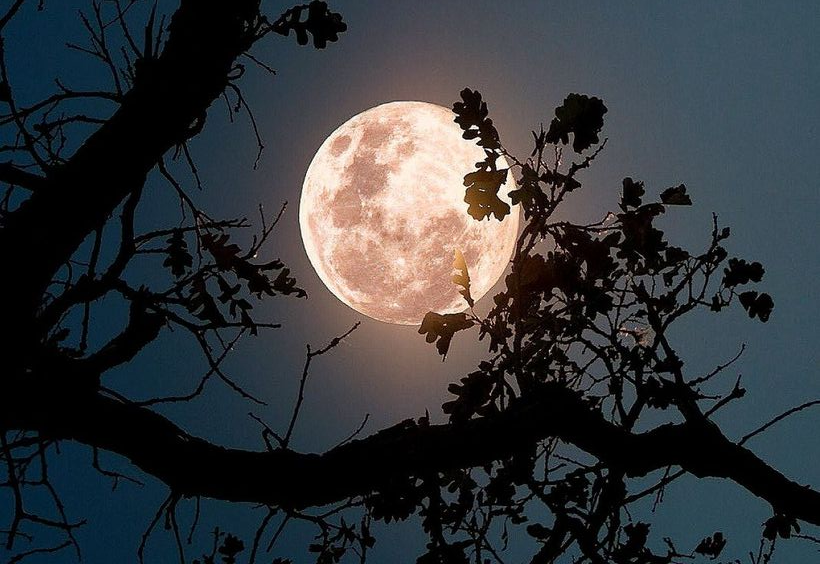
In modern times, Kojagiri Pournima has evolved into a blend of tradition and contemporary celebrations. It’s a time when families and friends come together to enjoy the moonlit night.
9. The Essence of Kojagiri Pournima
The essence of Kojagiri Pournima lies in the unity it fosters and the appreciation of nature’s beauty, especially the full moon.
10. Significance in Hindu Culture
Kojagiri Pournima holds great significance in Hindu culture. It is considered an auspicious occasion for starting new ventures and seeking divine blessings.
11. The Connection with Sharad Purnima
Kojagiri Pournima is often synonymous with Sharad Purnima, another festival celebrating the full moon in the autumn season.
12. Kojagiri Pournima in Popular Culture
This festival has found its way into popular culture, with references in movies, songs, and literature.
13. Moon in Literature and Poetry
The moon has been a timeless muse for poets and writers, and Kojagiri Pournima provides ample inspiration for creative expressions.
14. Kojagiri Pournima Around the World
While it’s predominantly an Indian festival, Kojagiri Pournima’s charm has captivated people around the world who celebrate it in their unique ways.
15. Conclusion: Embracing the Moon’s Radiance
In conclusion, Kojagiri Pournima is not just a festival; it’s an embodiment of cultural richness, folklore, and the timeless allure of the full moon. It reminds us to appreciate the beauty of nature and seek blessings for a prosperous life.
Frequently Asked Questions (FAQs)
1. What is the significance of Kojagiri Pournima?
Kojagiri Pournima is significant because it celebrates the full moon’s radiance, symbolizing prosperity and the blessings of Goddess Lakshmi.
2. How is Kojagiri Pournima celebrated in different regions of India?
Kojagiri Pournima is celebrated differently across India, with each region adding its unique traditions and flavors to the festivities.
3. Are there any specific dishes associated with Kojagiri Pournima?
Yes, traditional dishes like kheer, malpua, and puran poli are commonly prepared and enjoyed during the festival.
4. Can people from other cultures celebrate Kojagiri Pournima?
Absolutely! The festival’s universal themes of unity, nature appreciation, and prosperity make it accessible to people from all cultures.
5. How does Kojagiri Pournima inspire art and literature?
The enchanting beauty of the full moon during Kojagiri Pournima has inspired poets, writers, and artists throughout history, leading to a rich tapestry of artistic creations.

